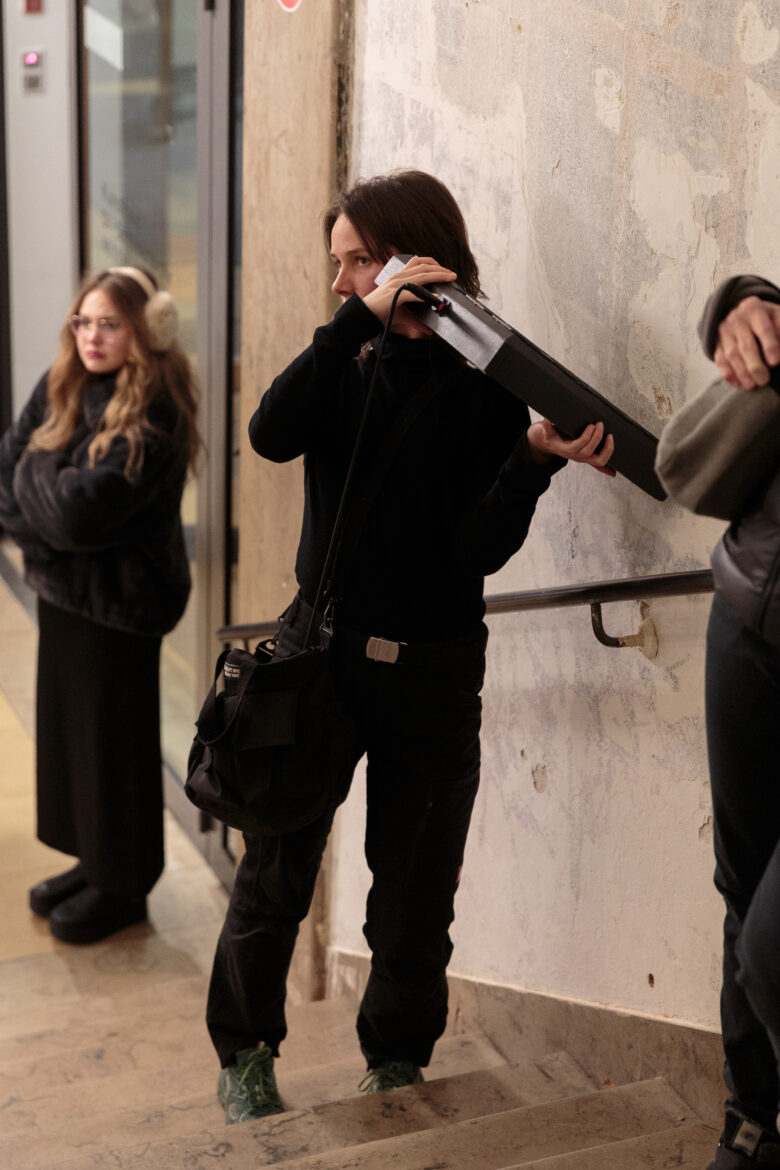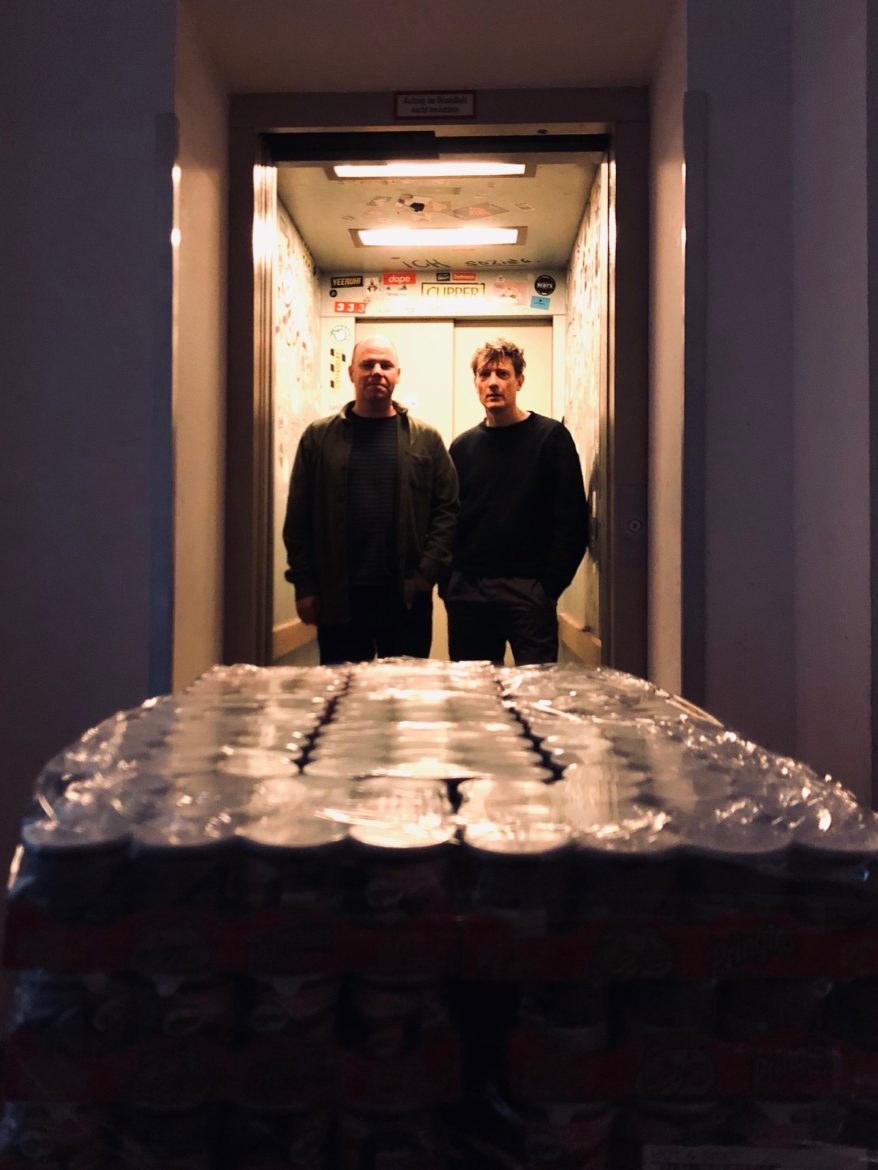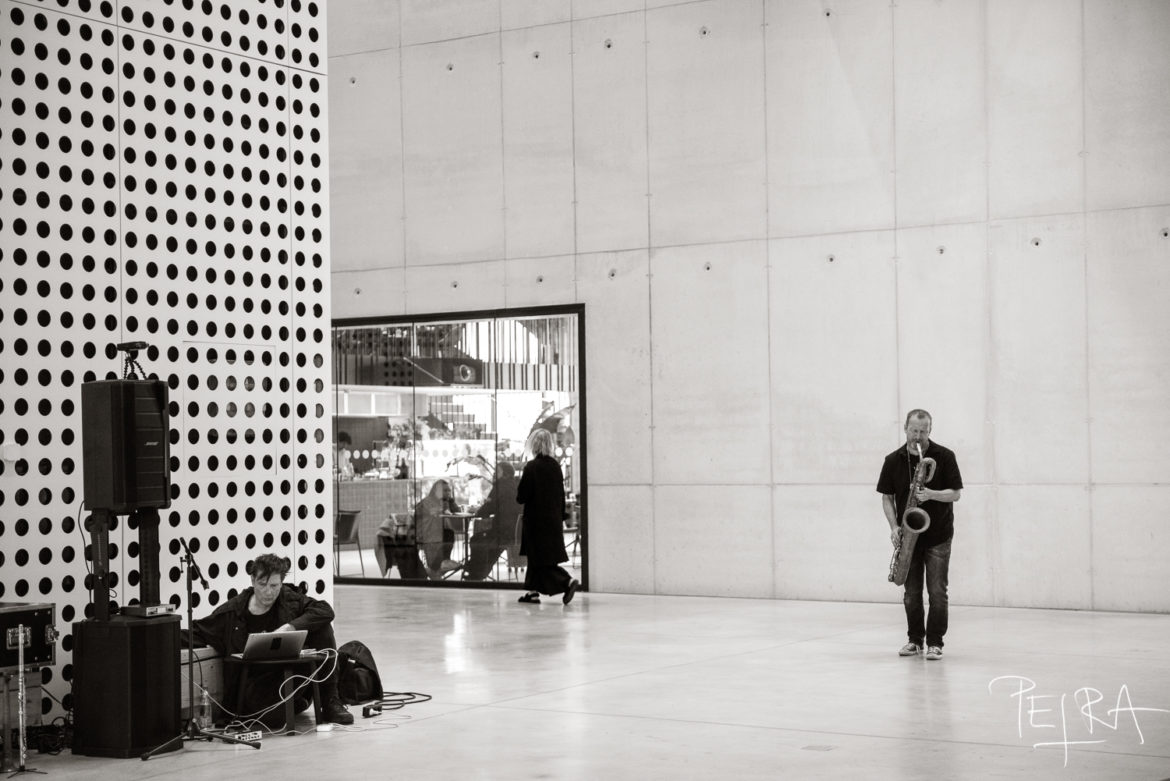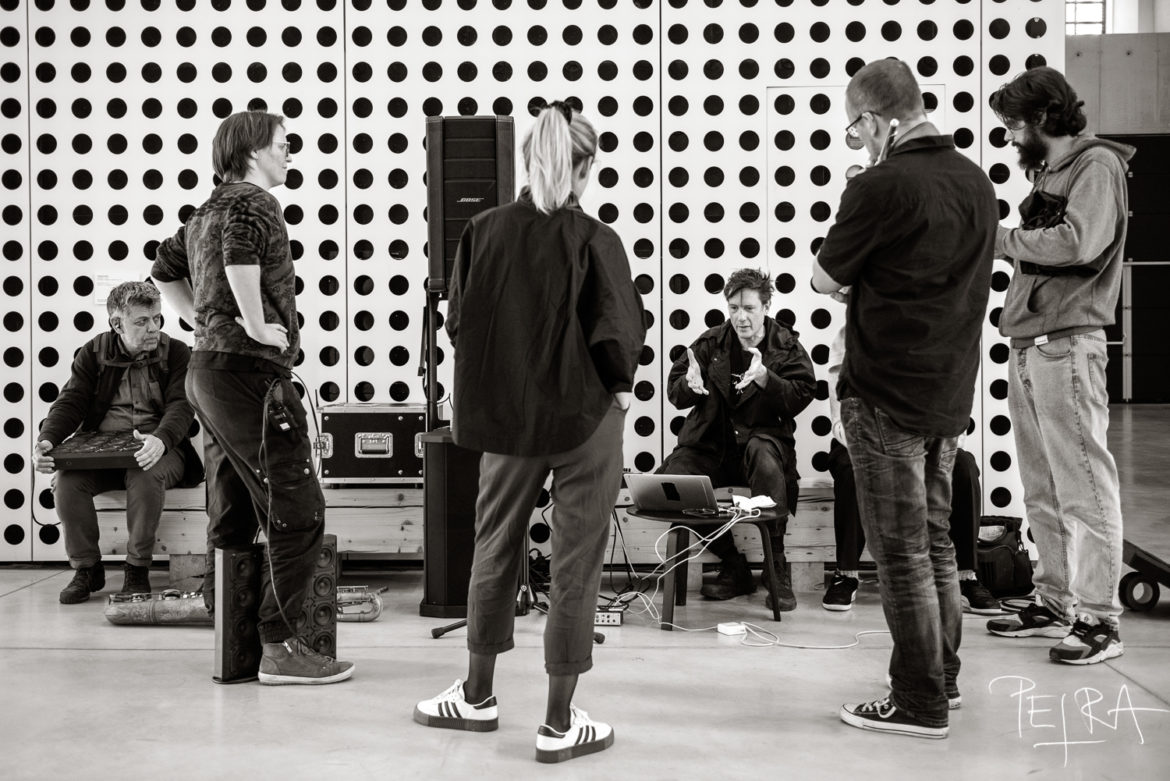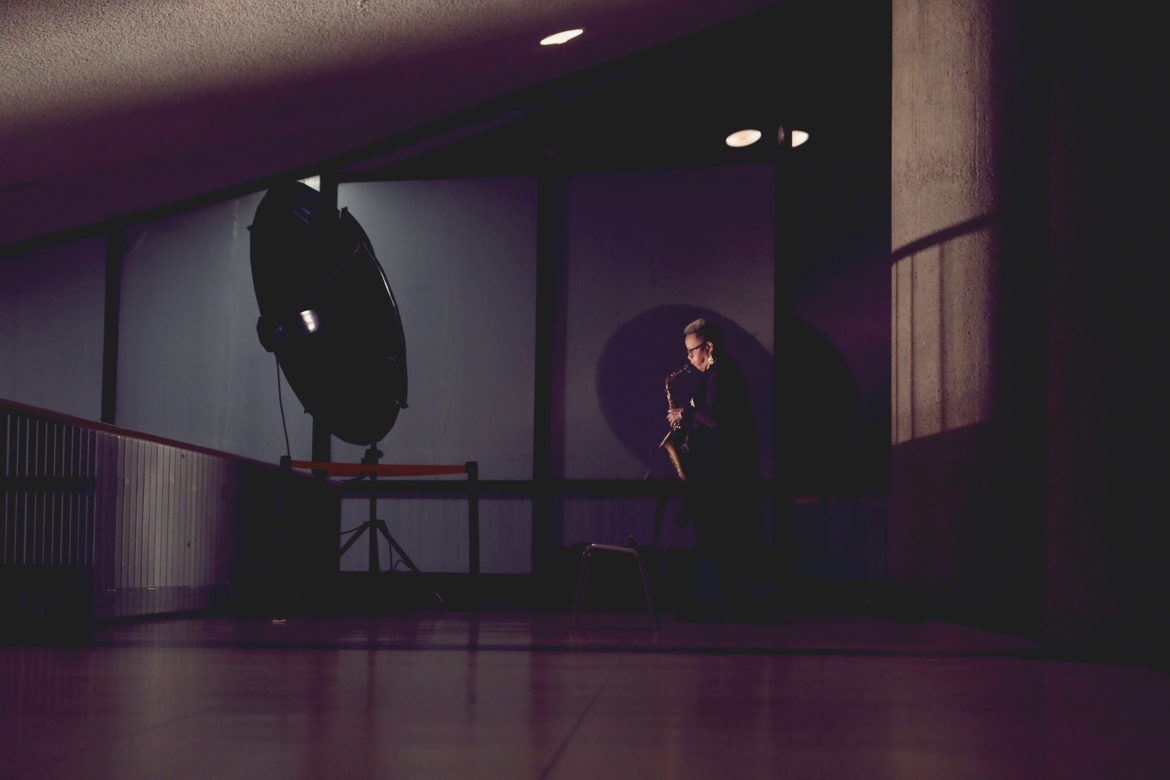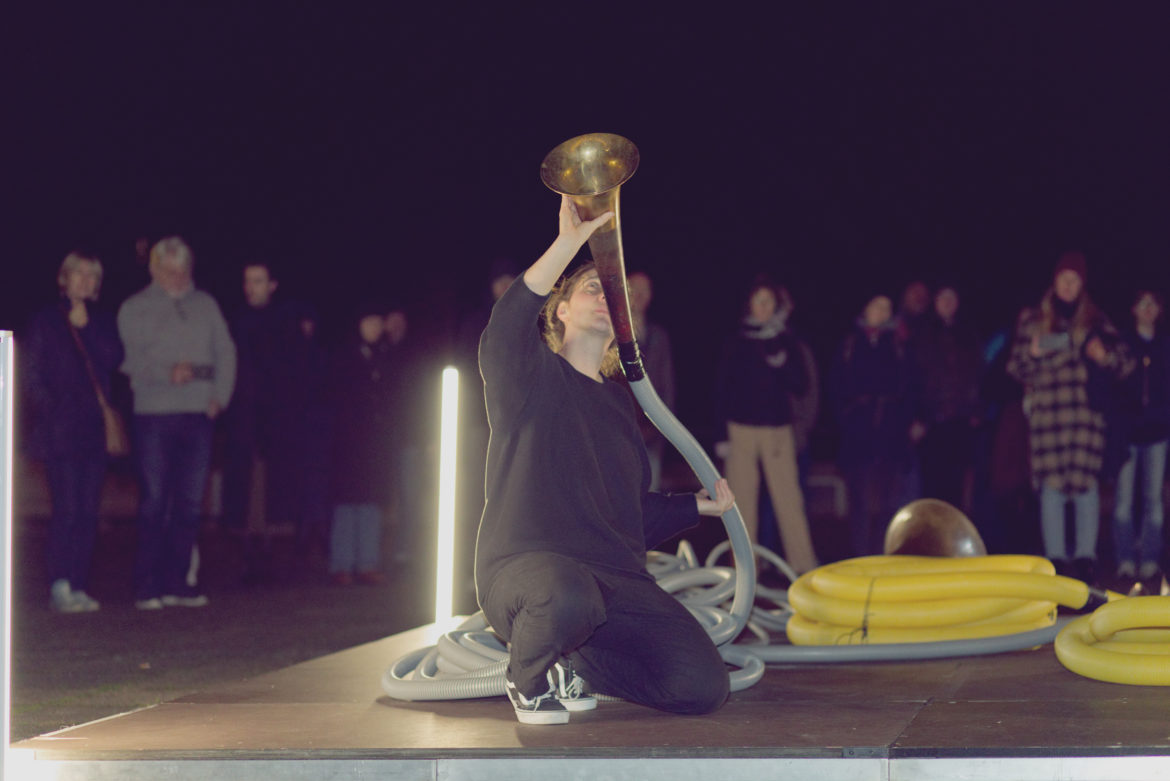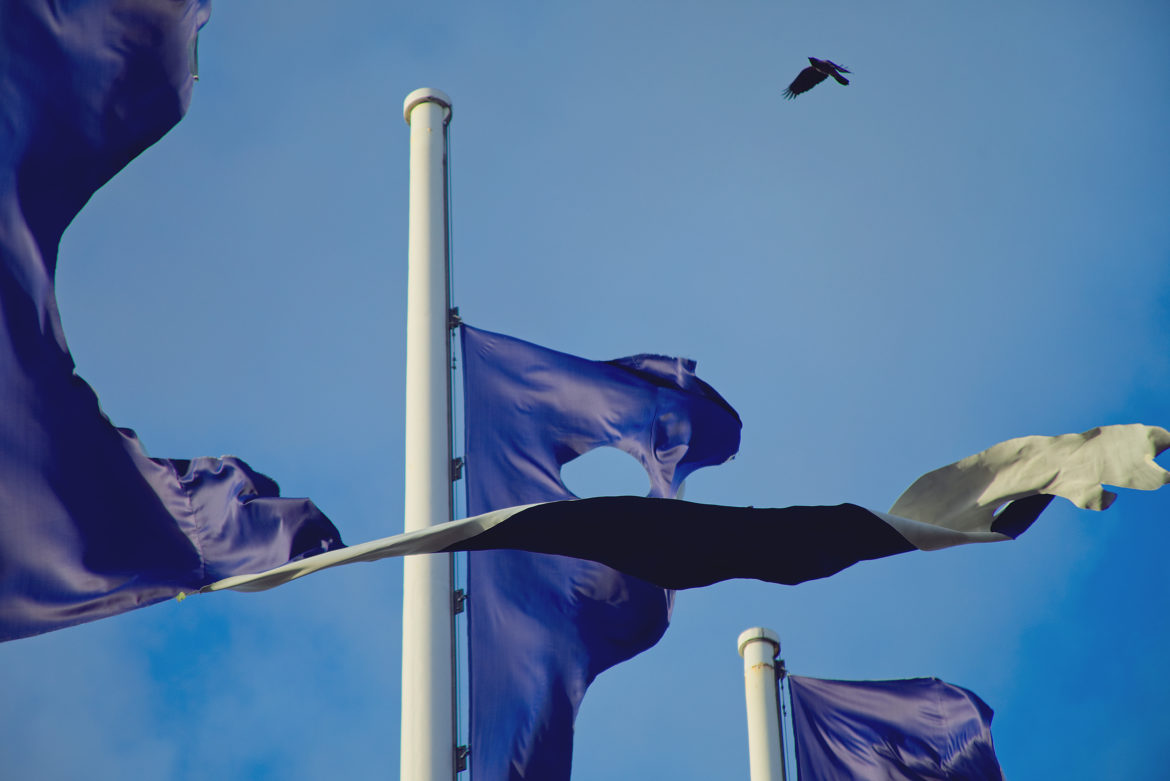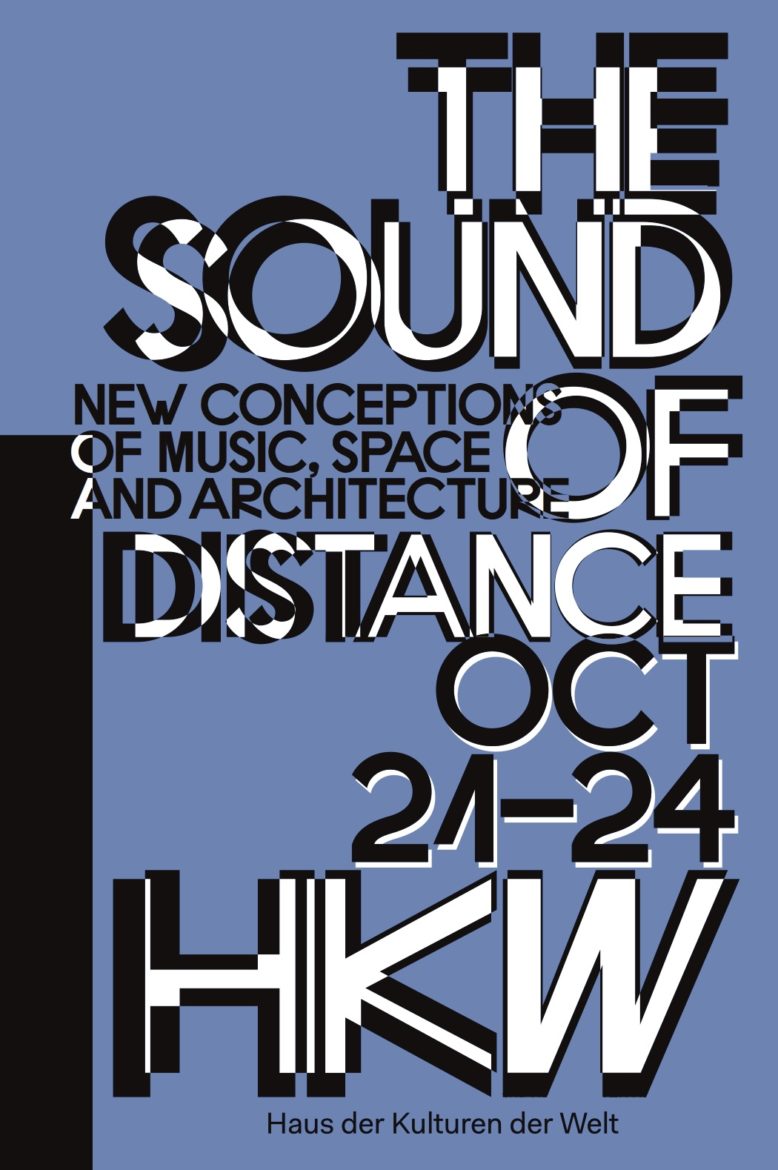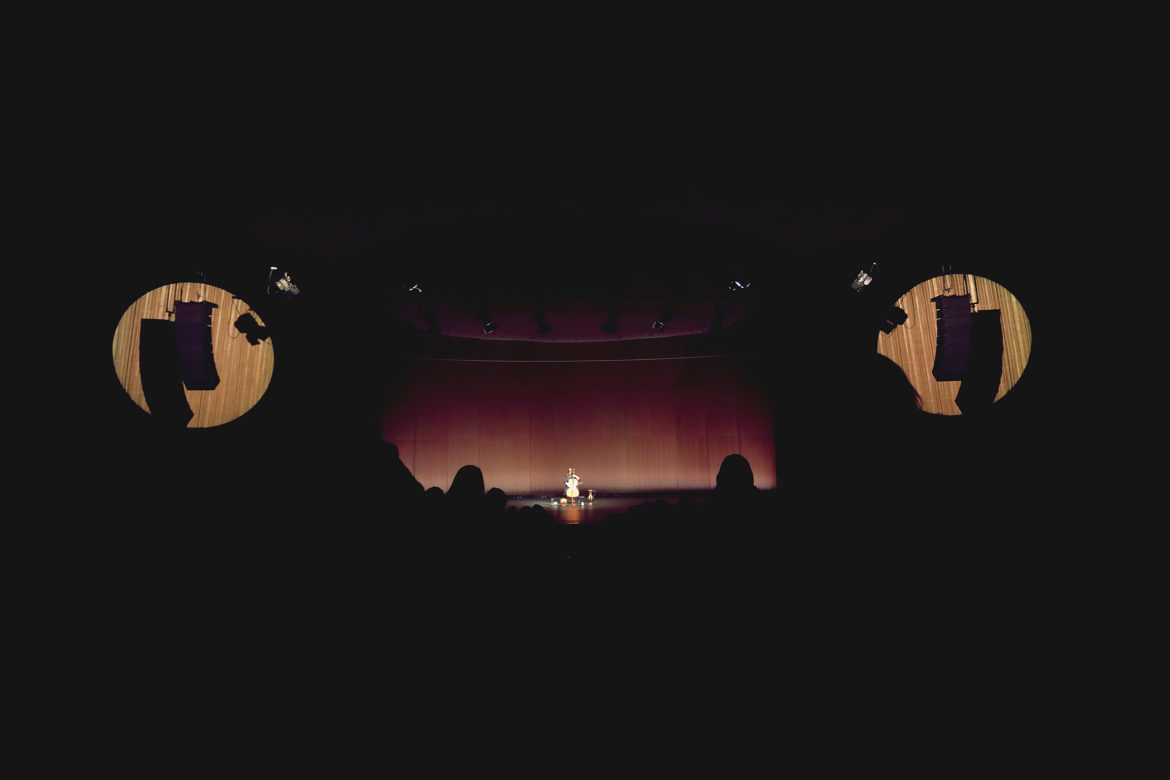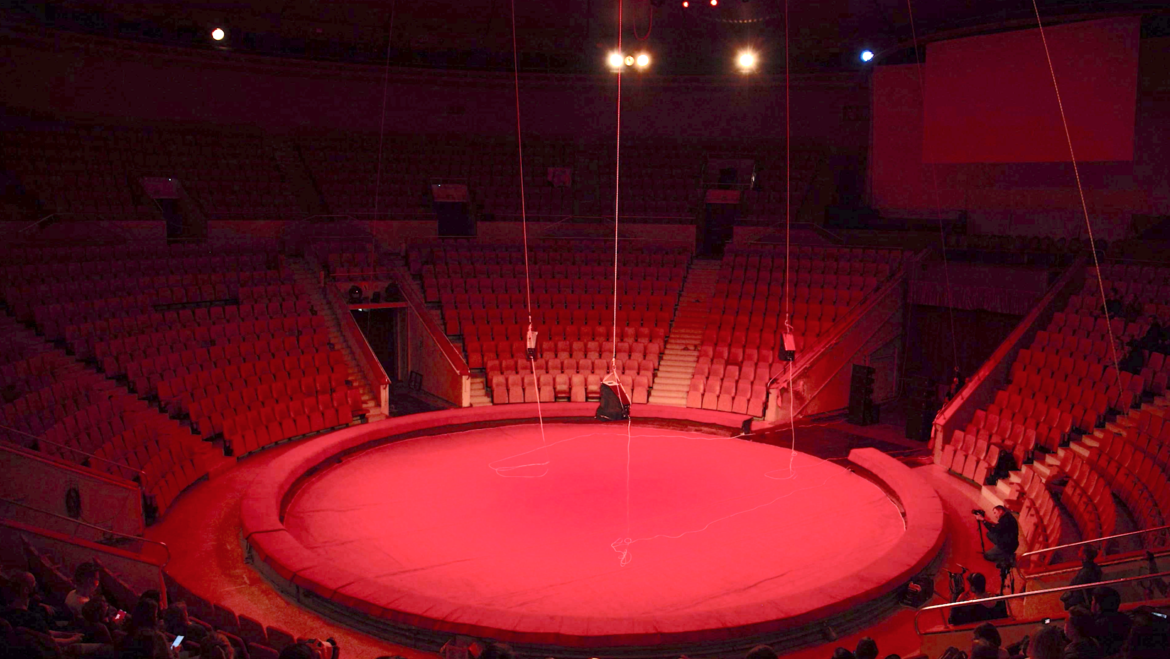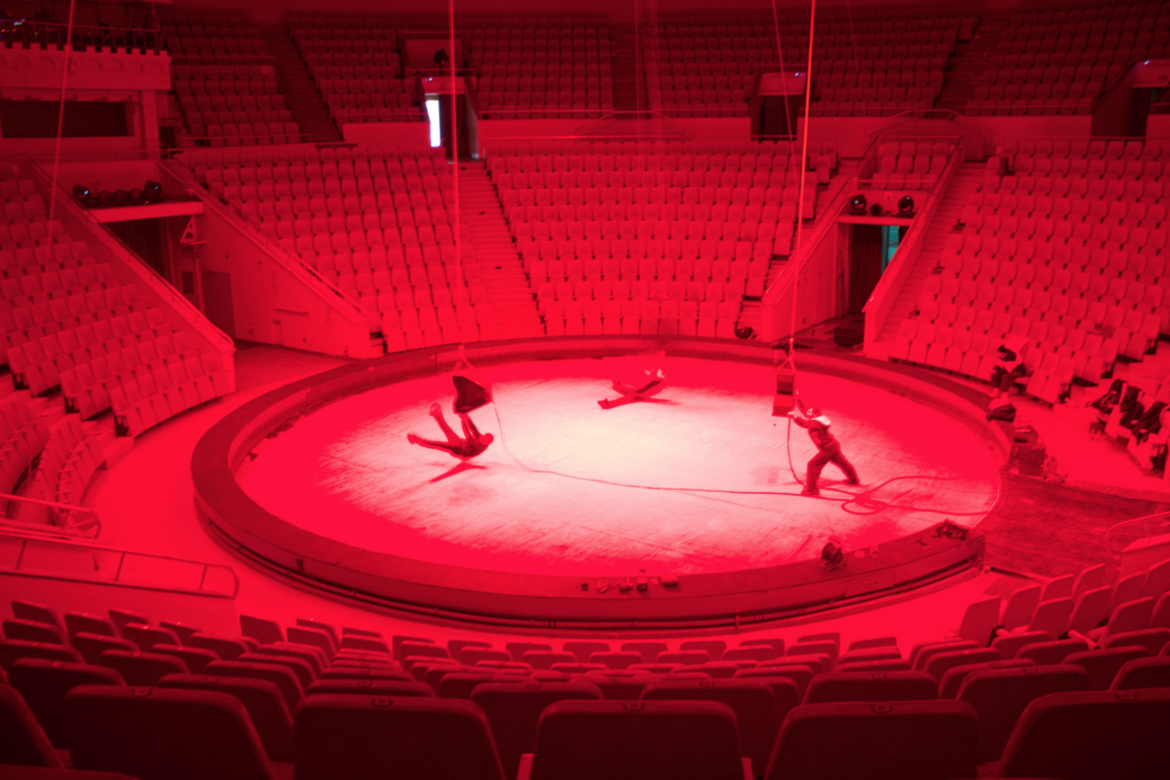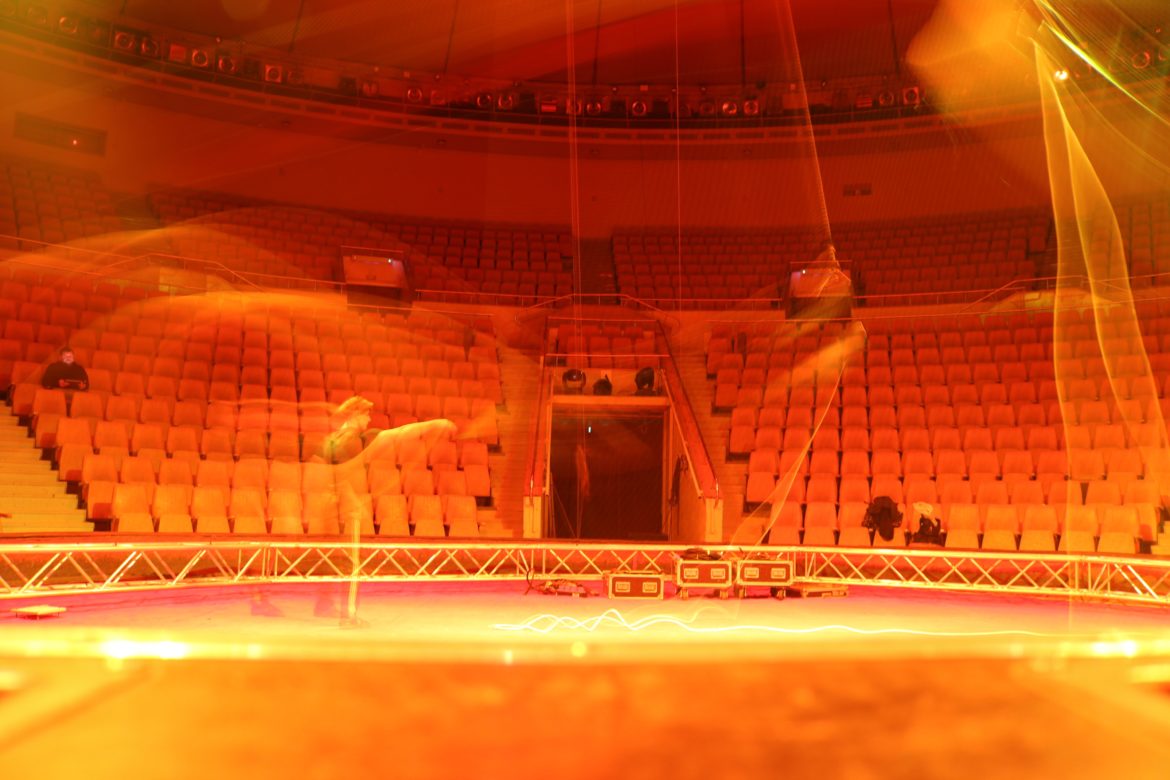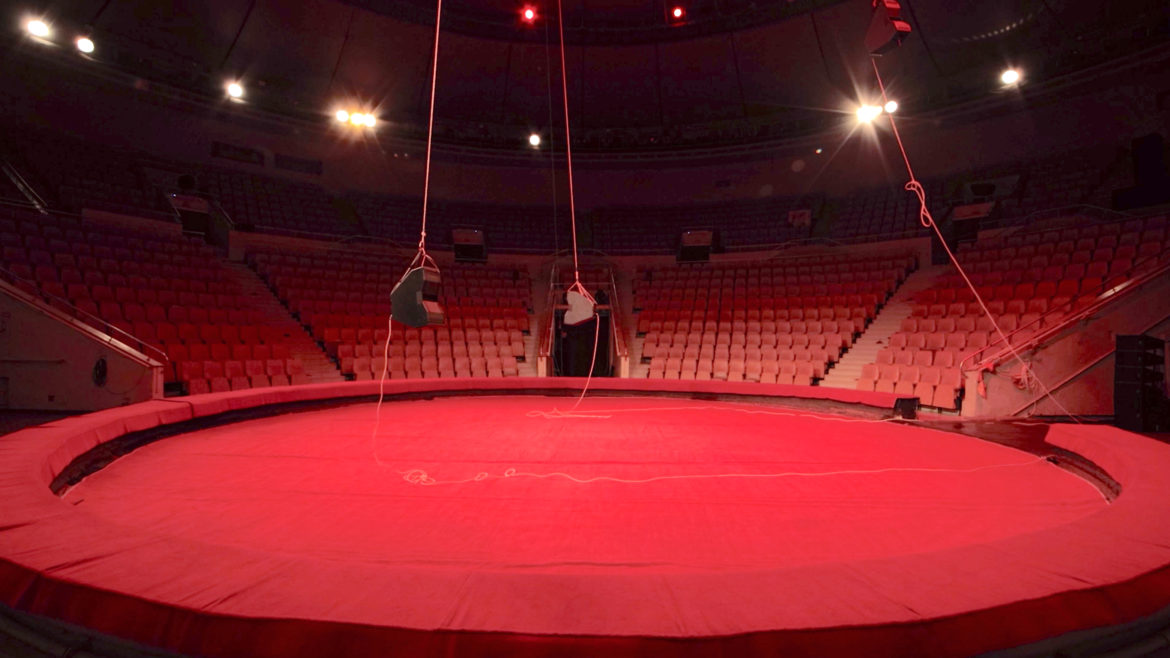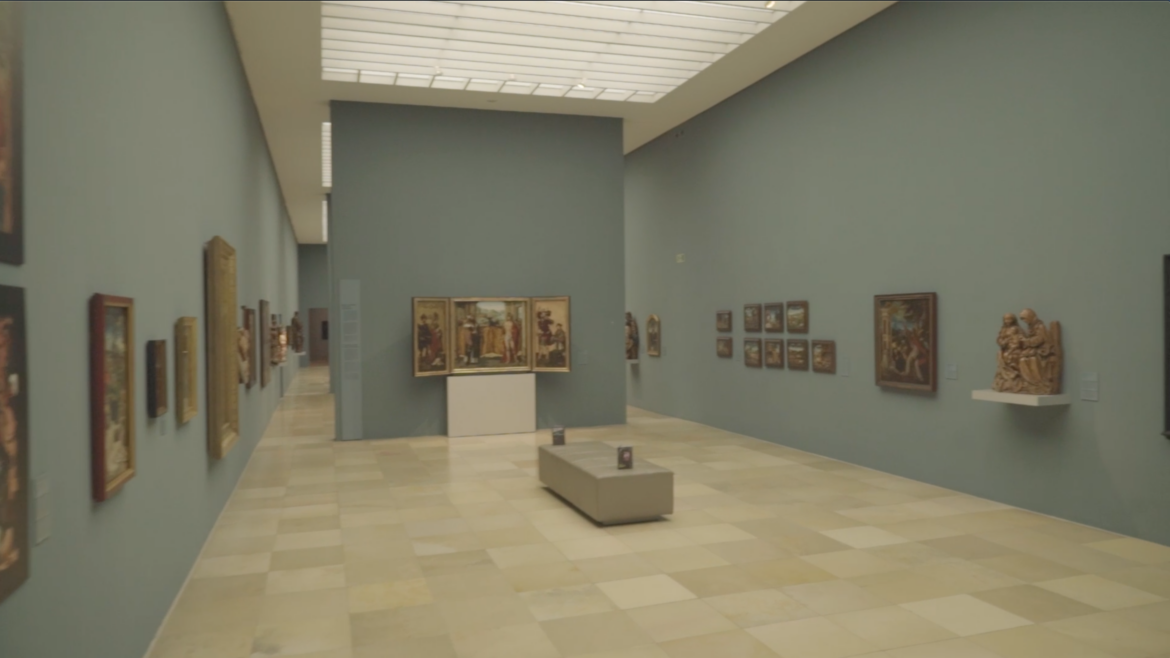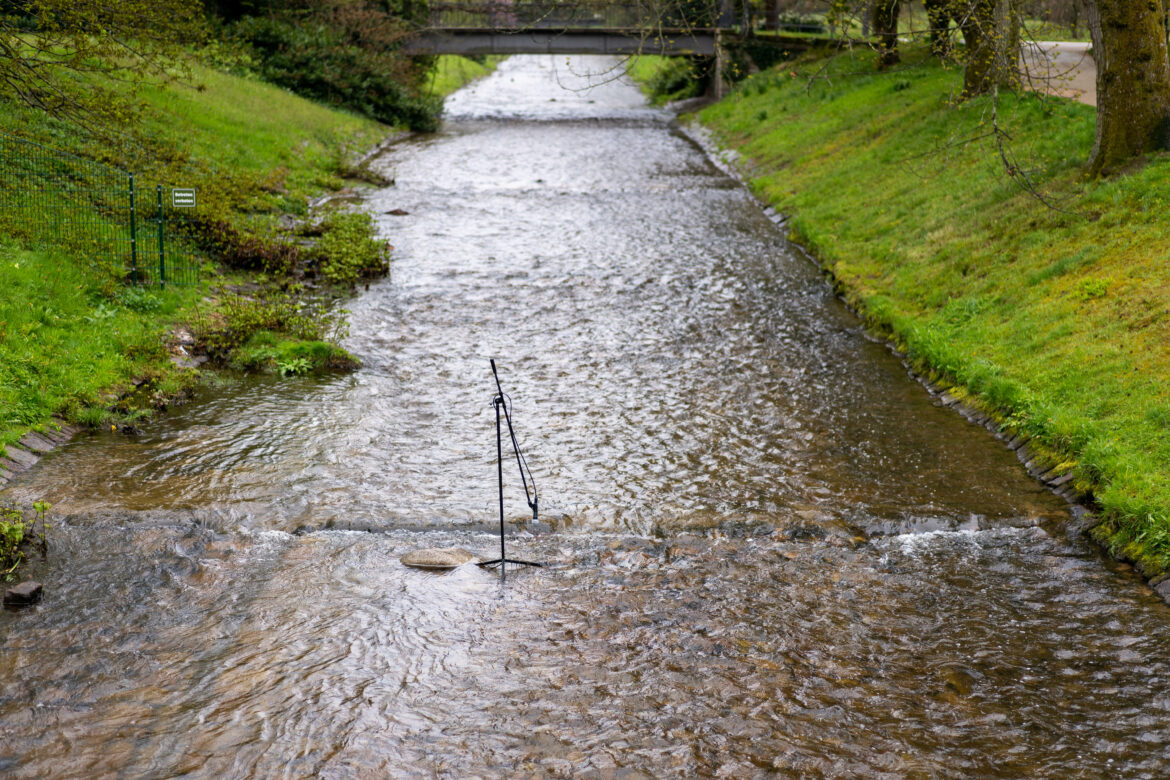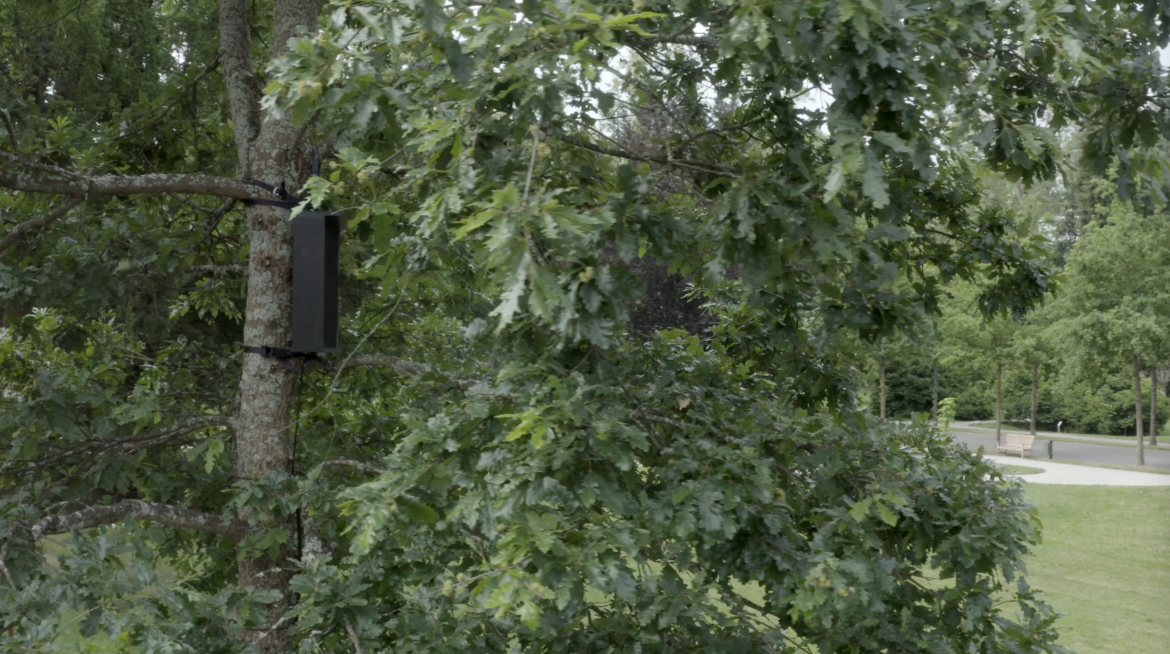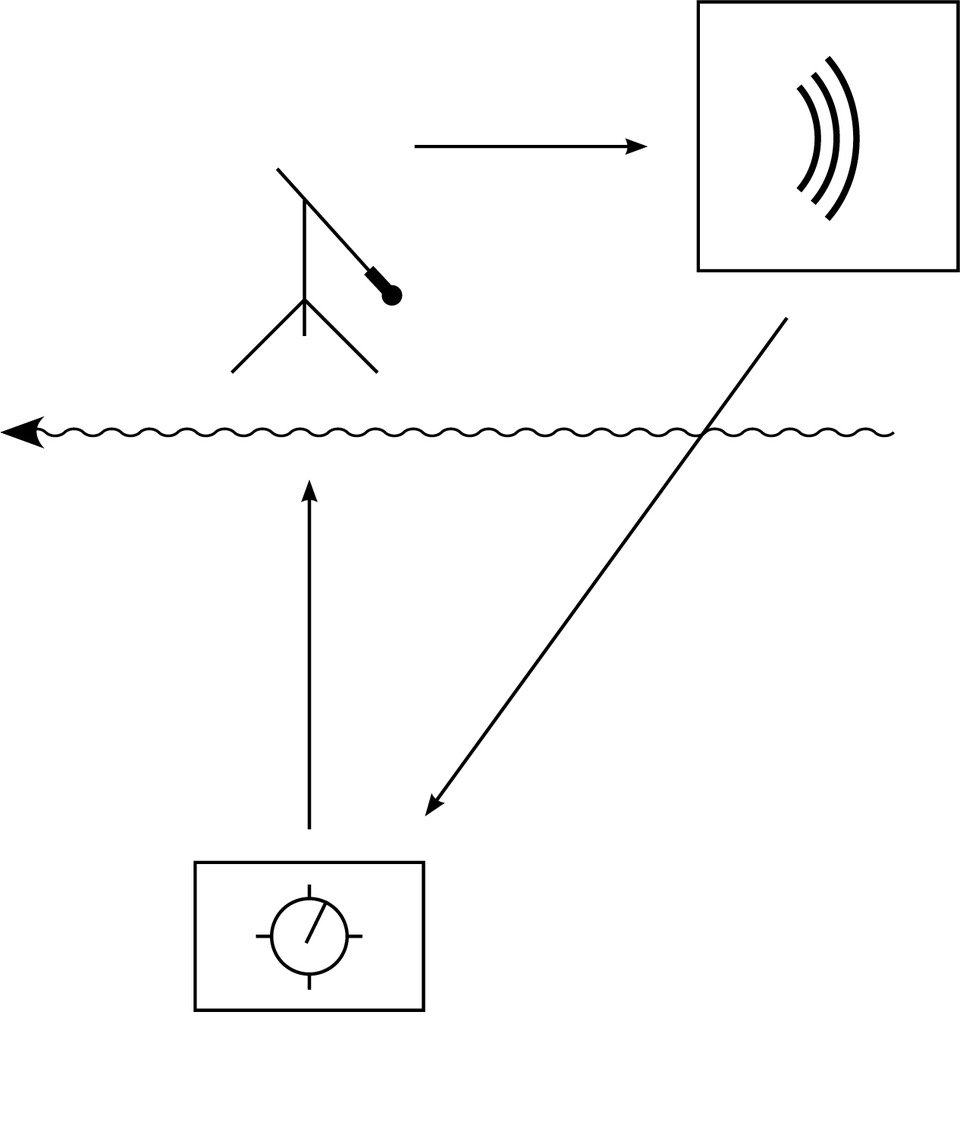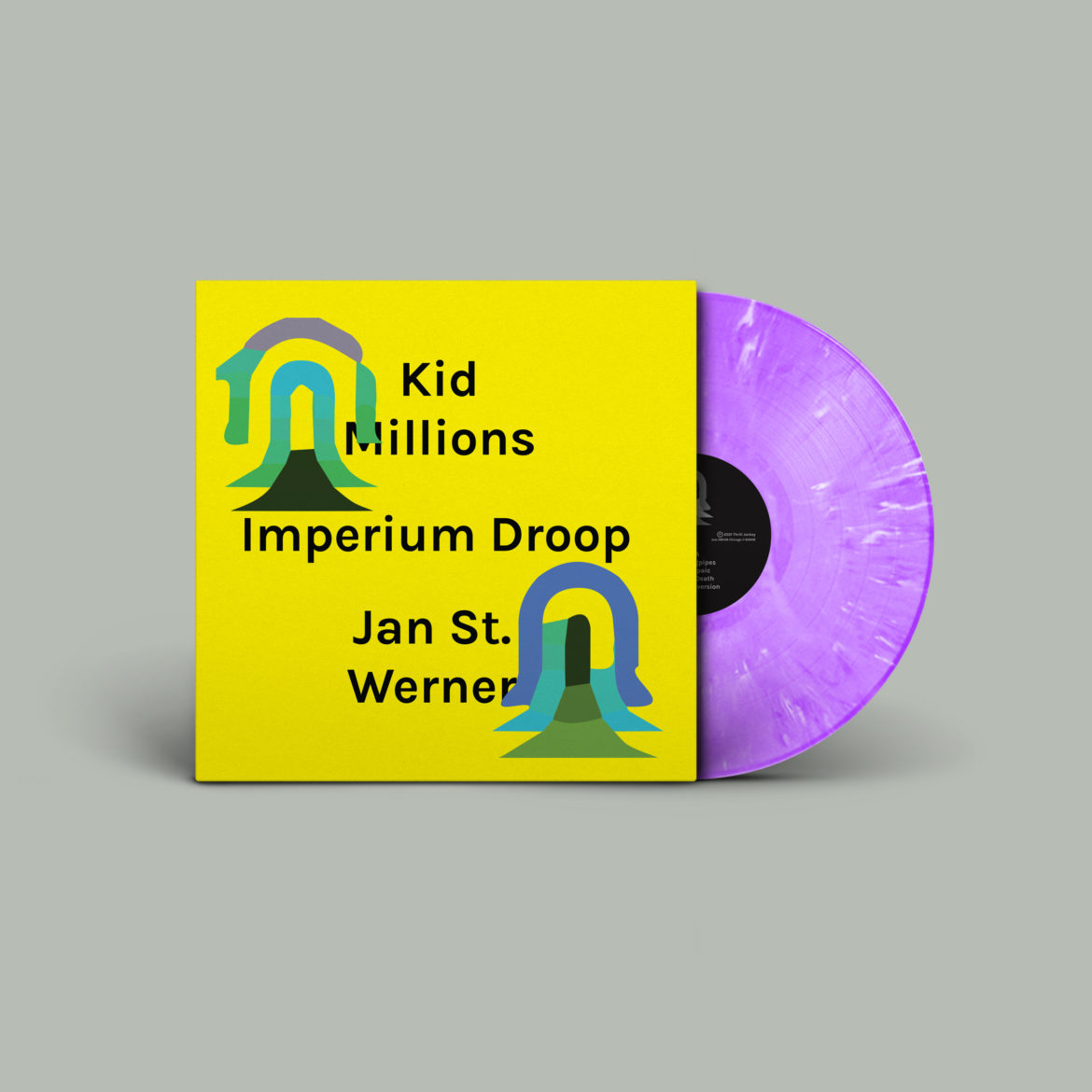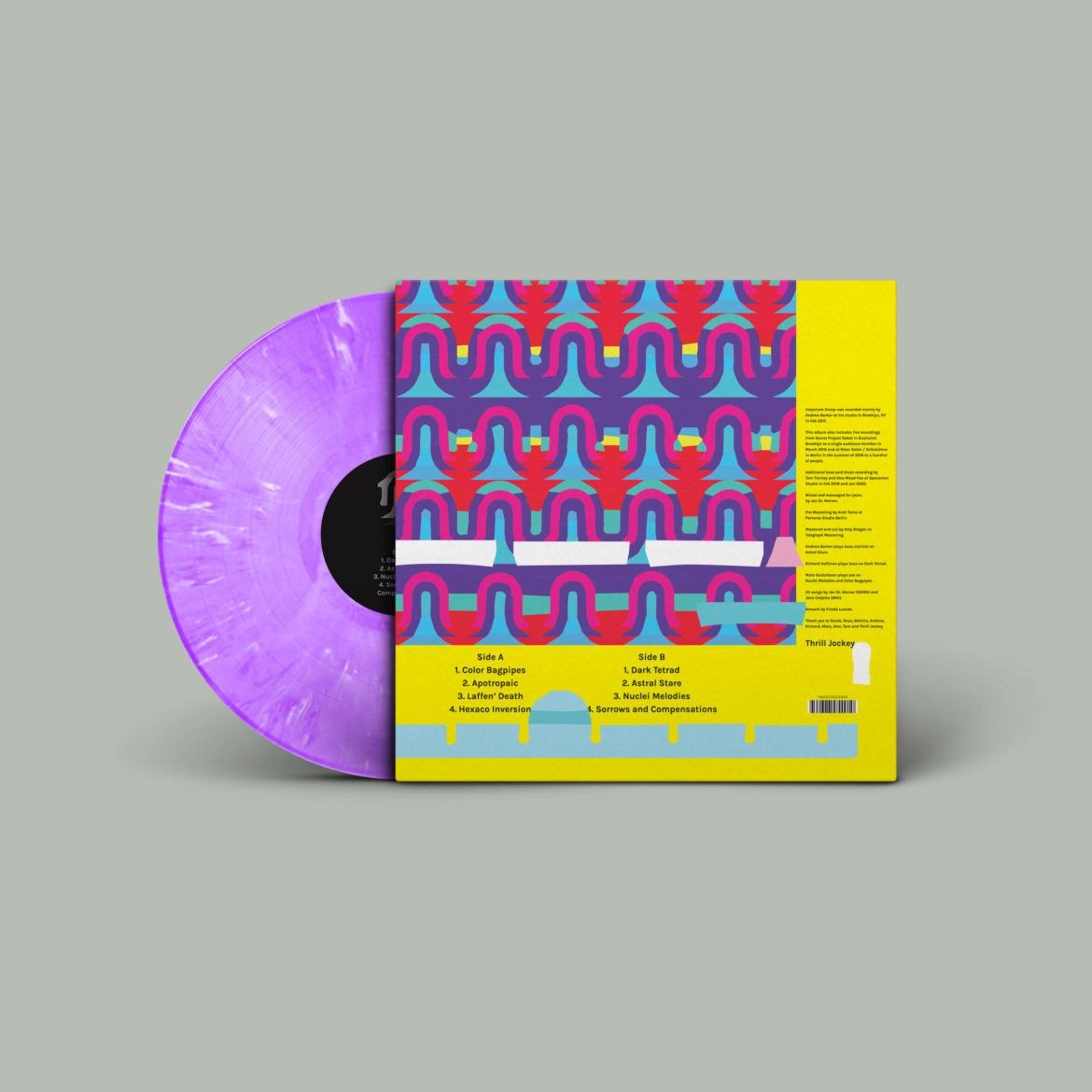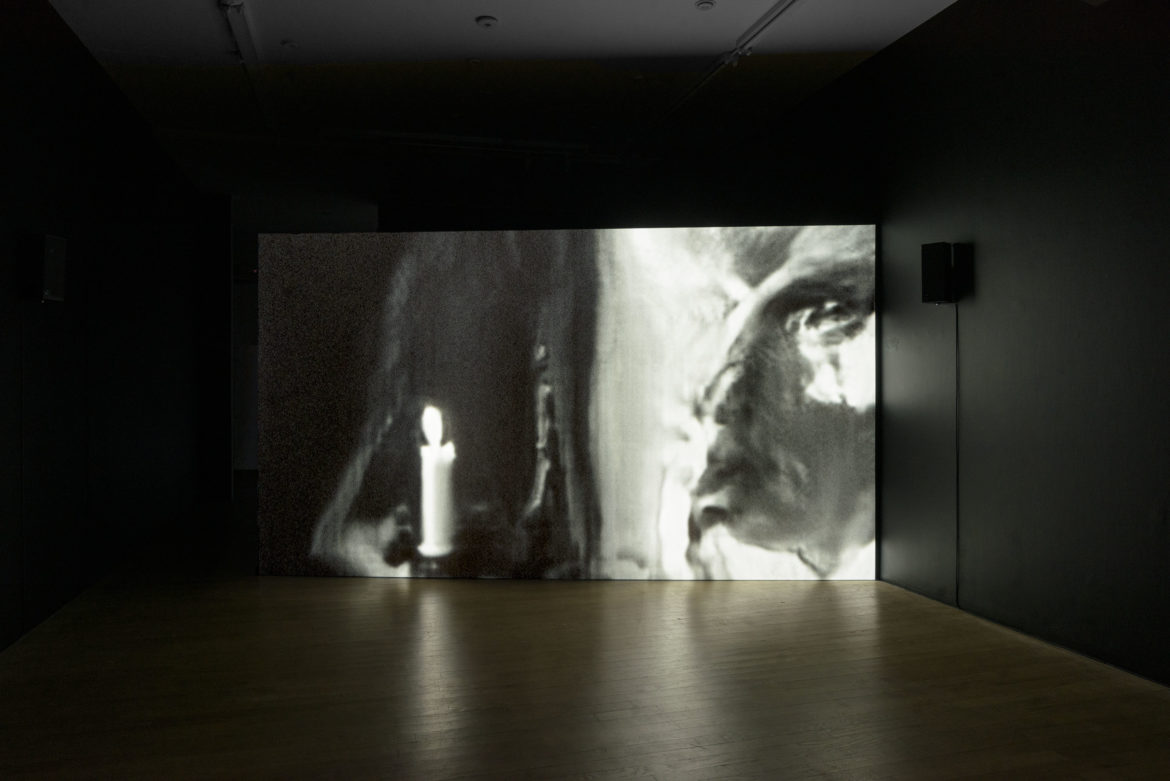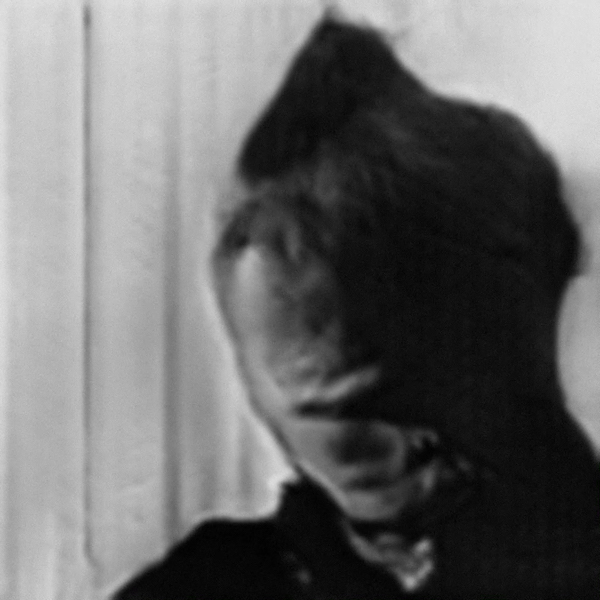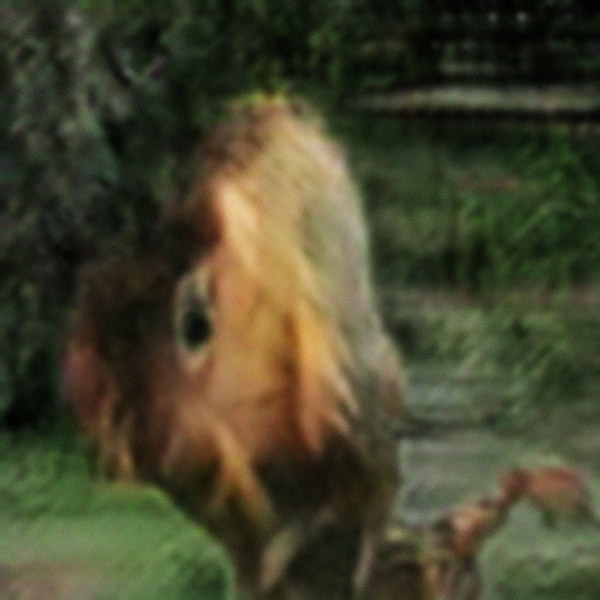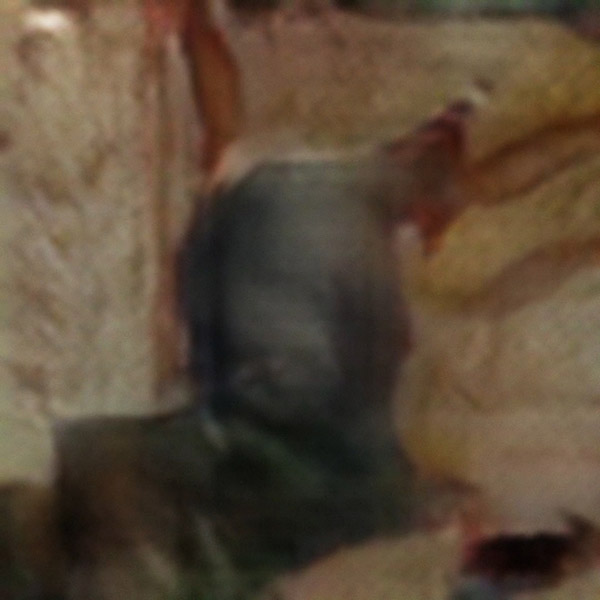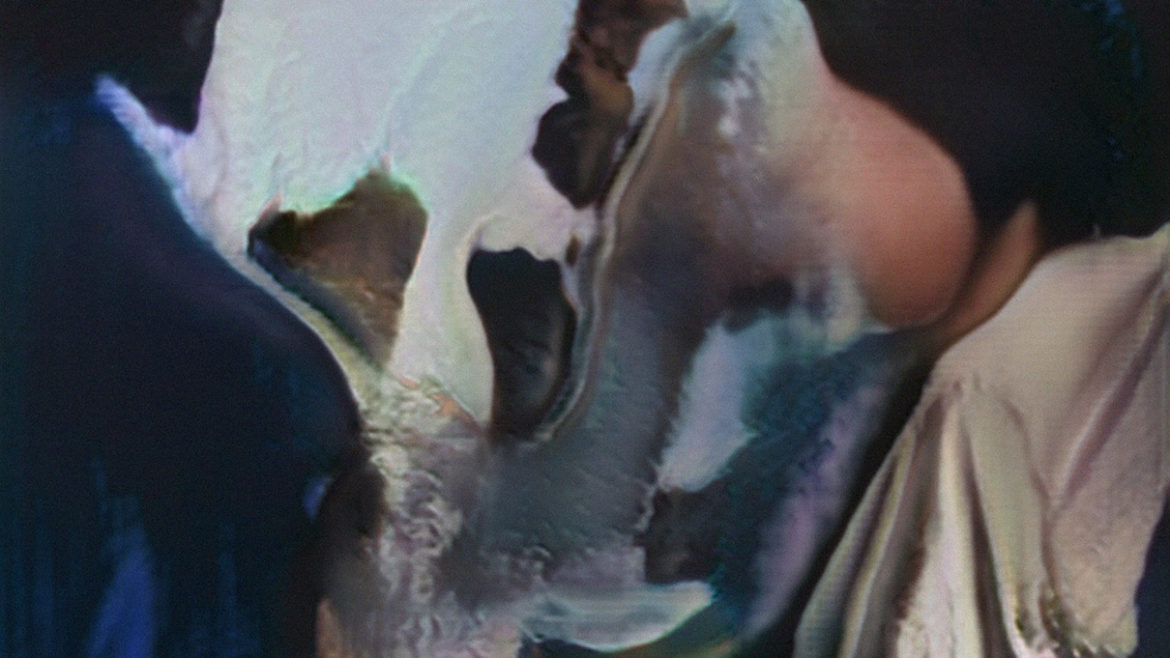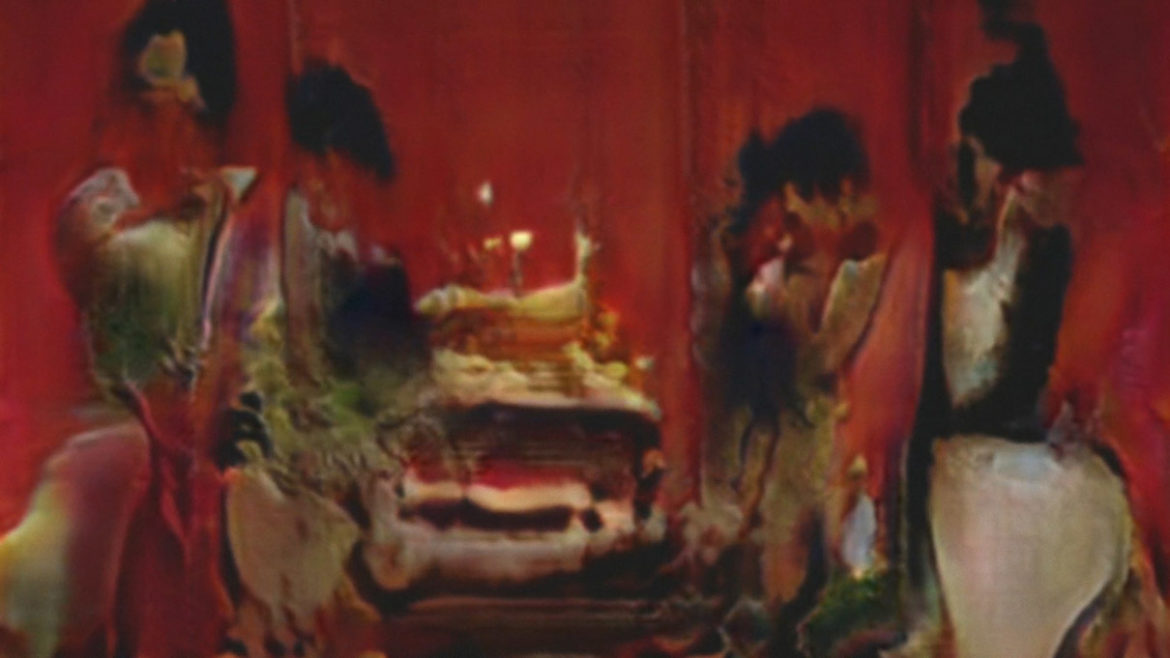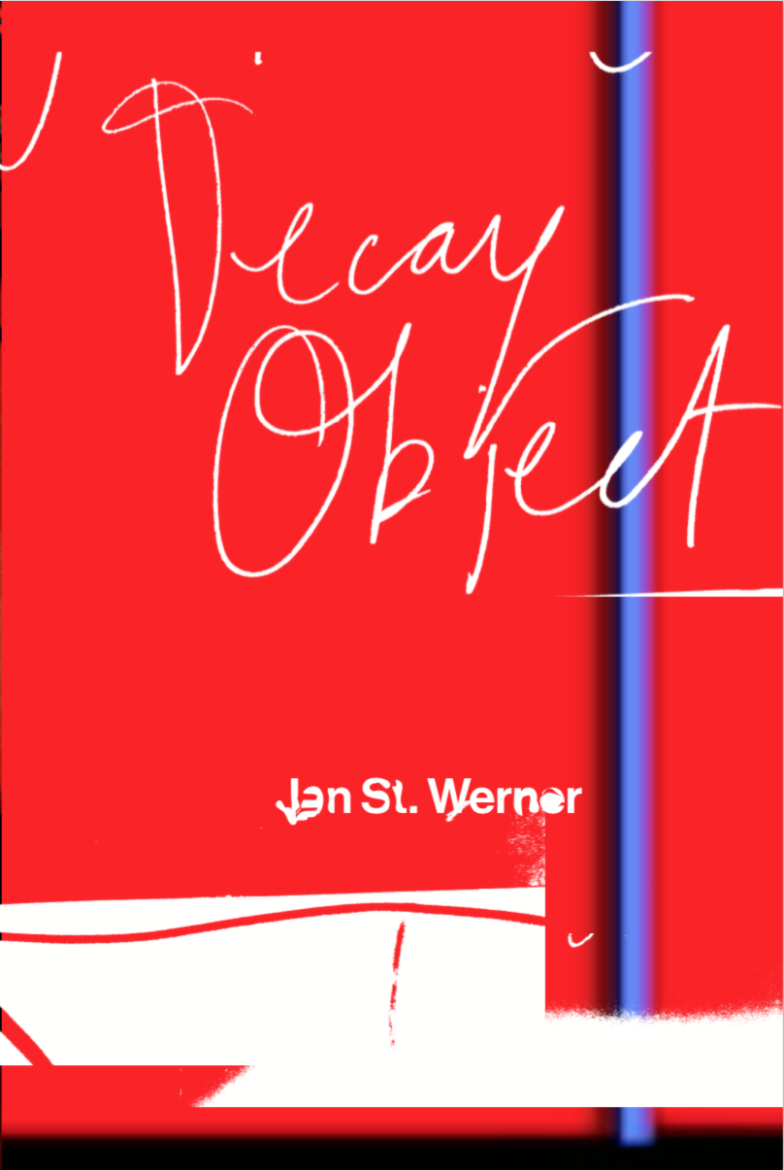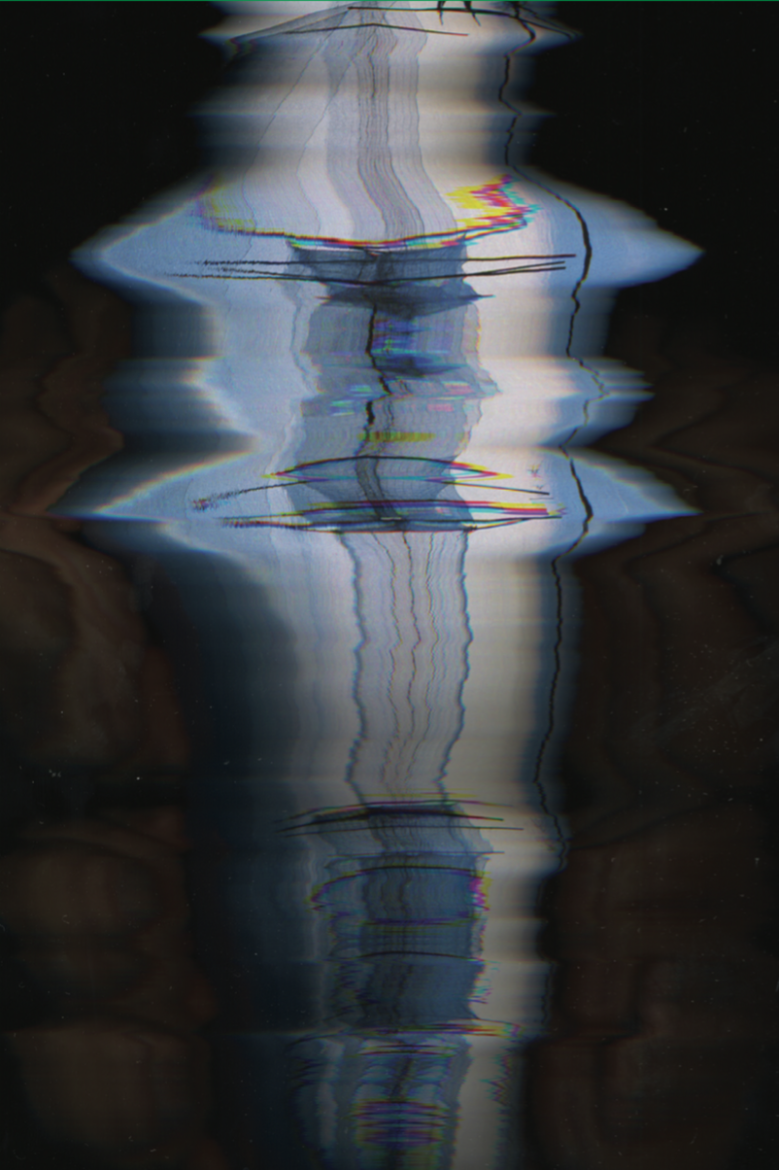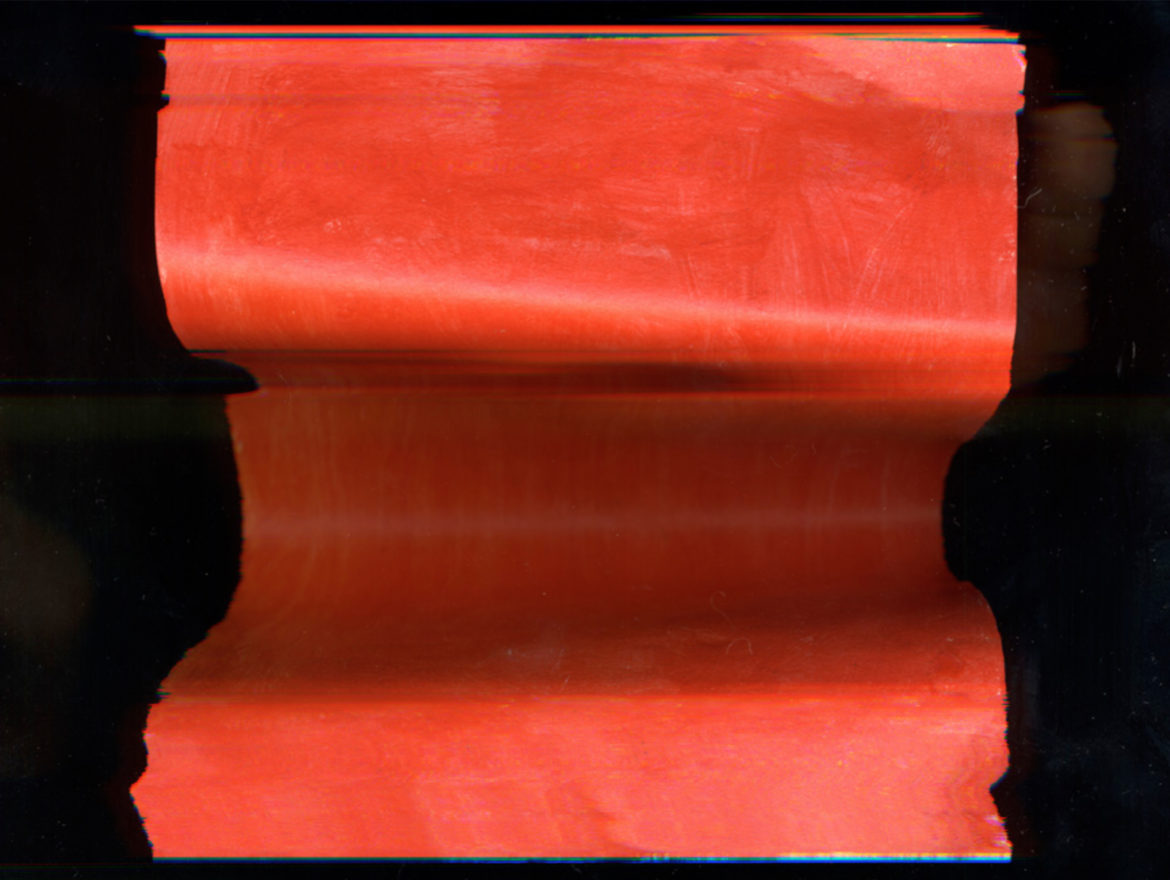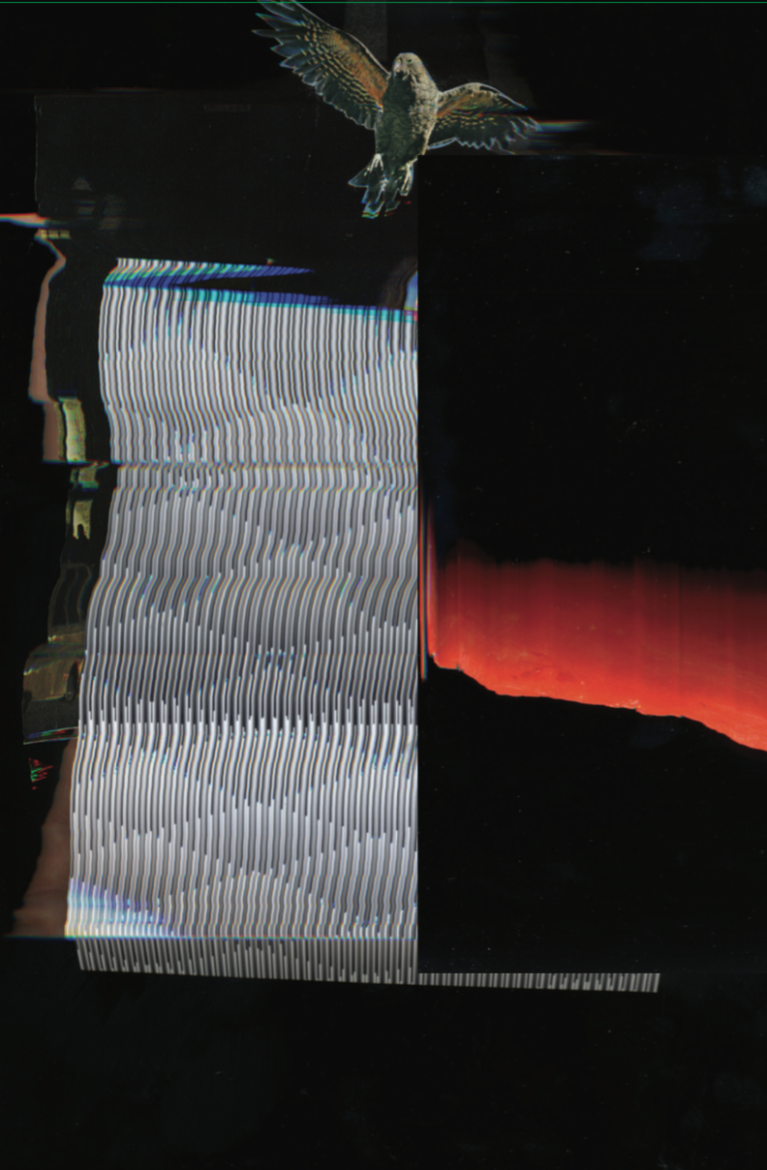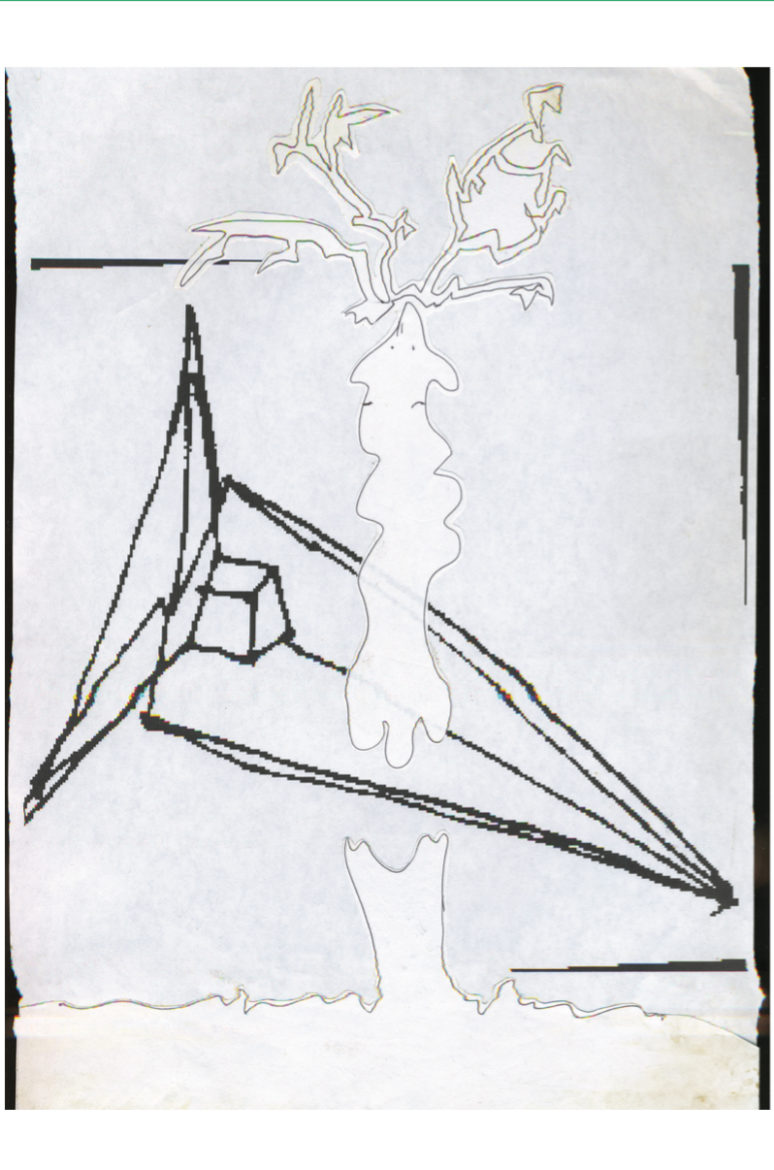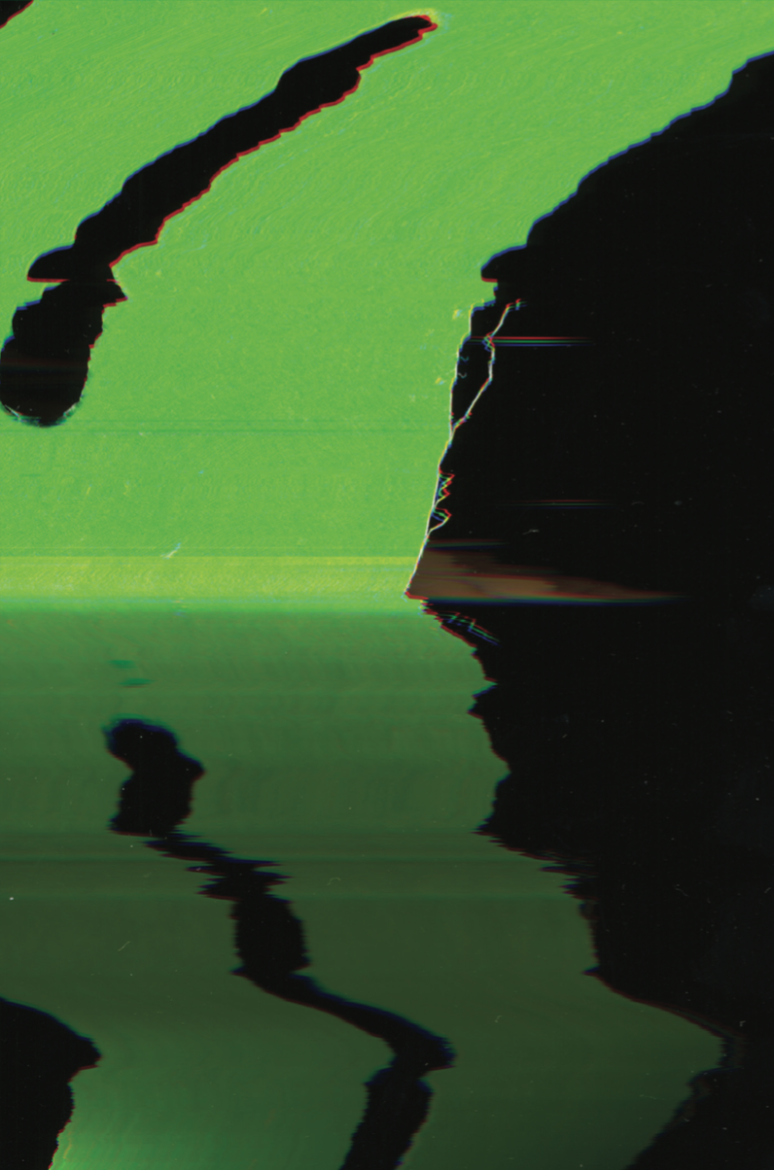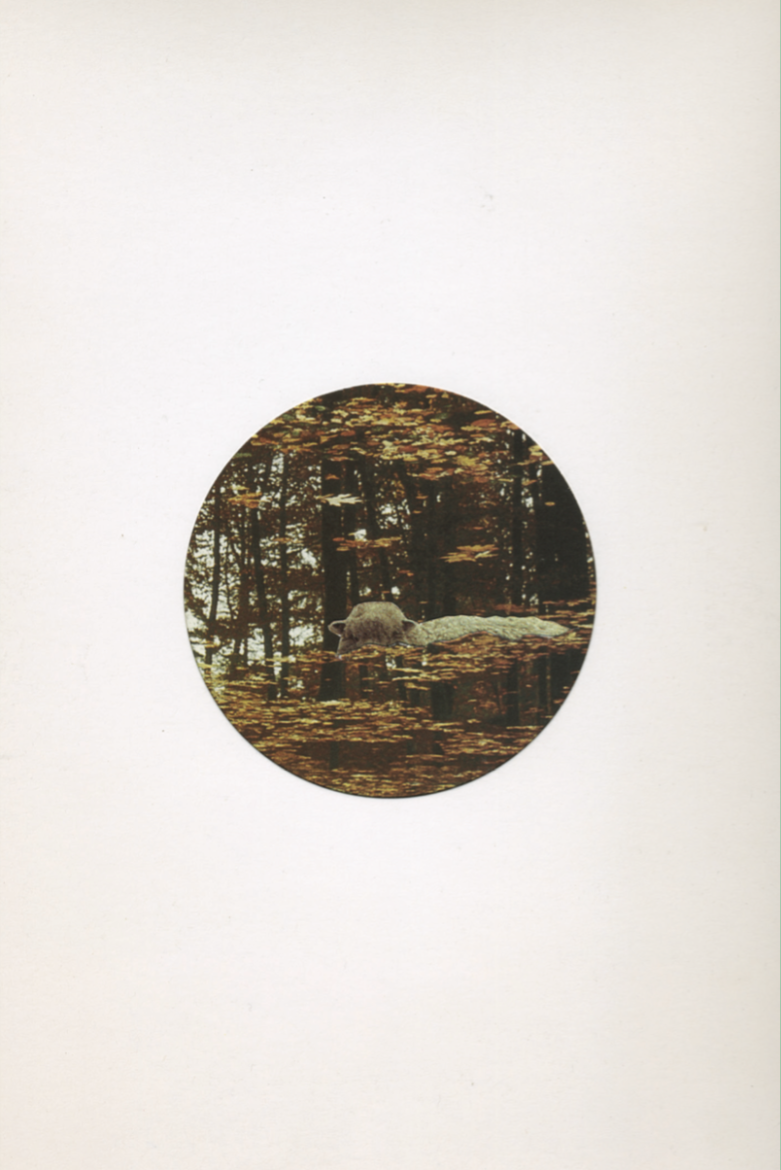



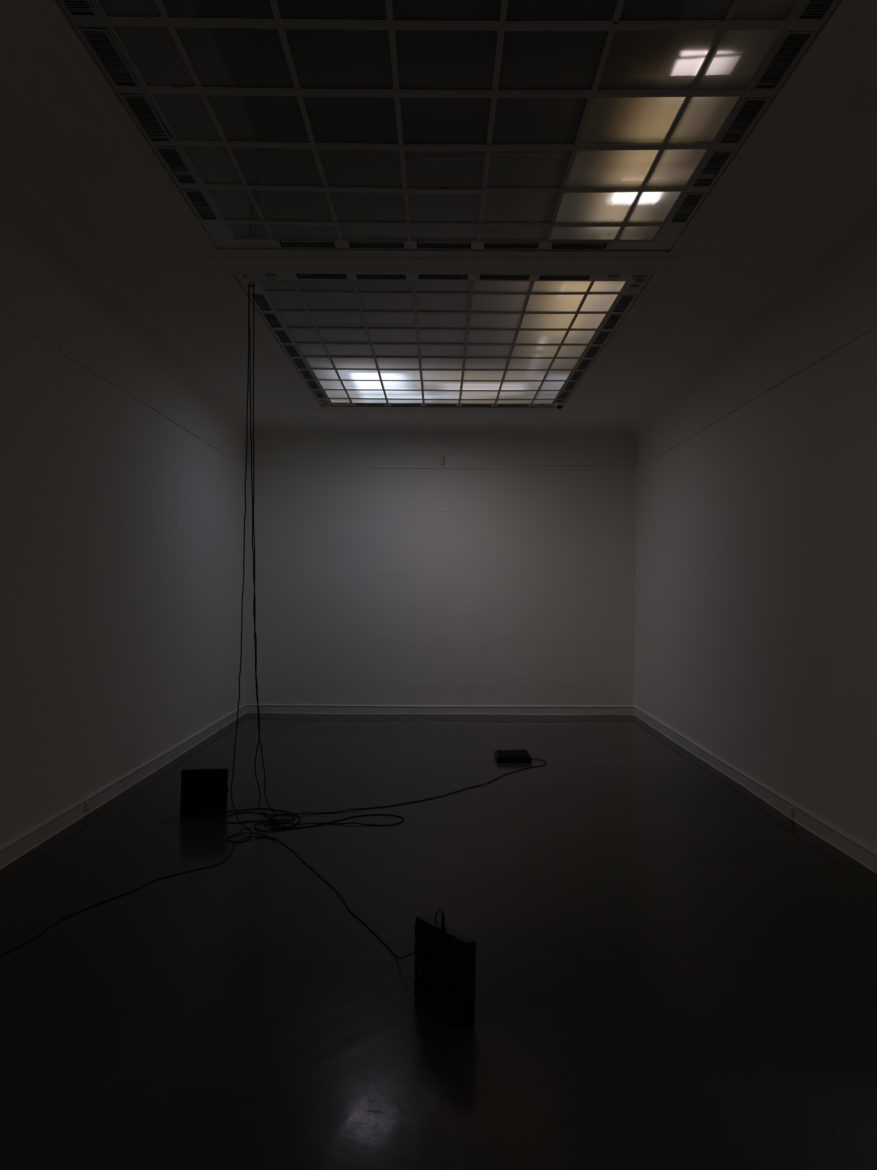

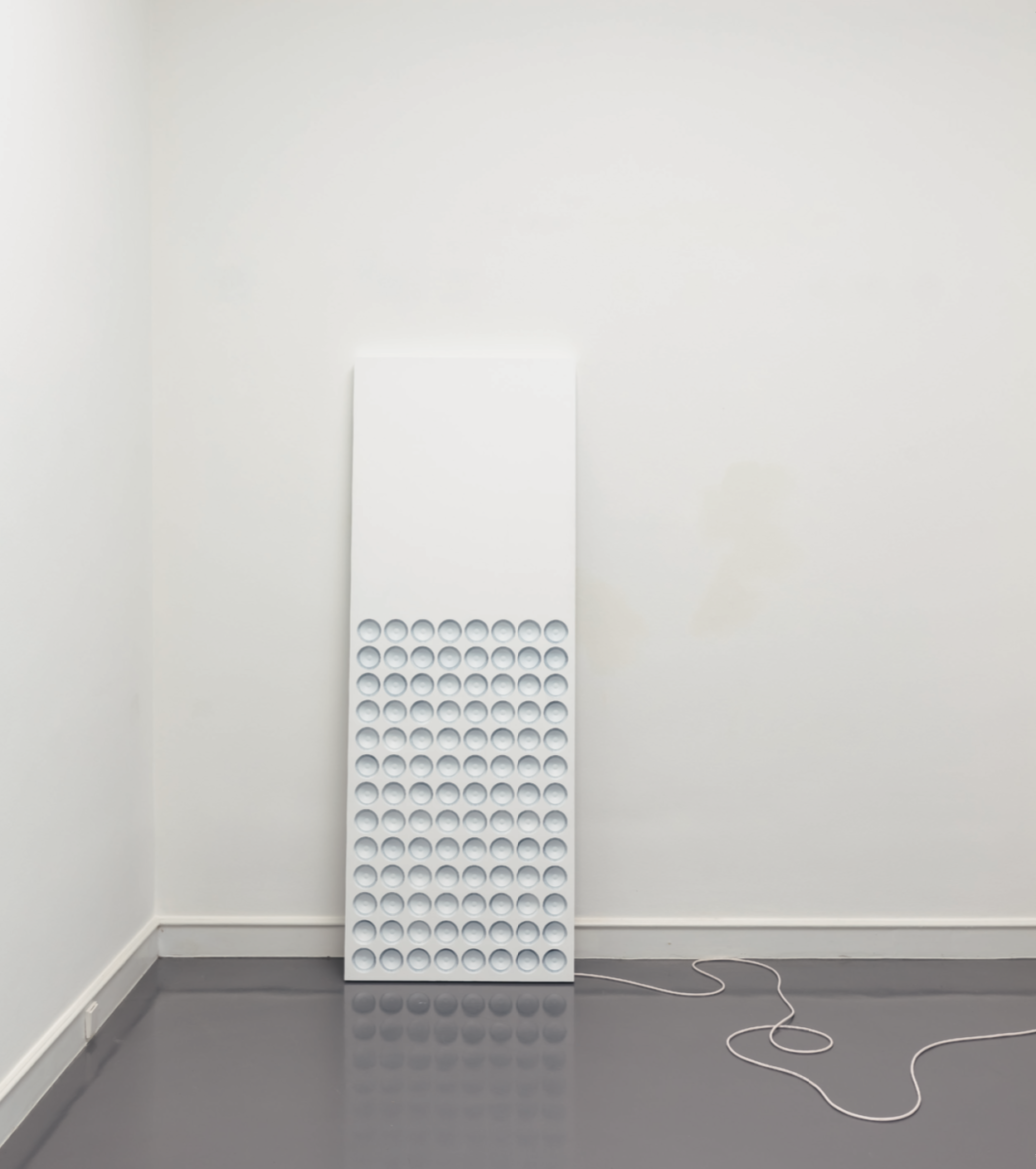



May 05 – July 02, 2023
With Space Synthesis, St. Werner transforms the Kunsthalle into a sound space, a large instrument. The exhibition embarks on a dynamic investigation of human thought about sound by assuming that each of us perceives sounds differently. Between different sound sources and sound-reflecting surfaces, a stage – continuously changing in size and shape – is created. Sounds, shadows, walls, performers, and listeners become part of a moving, multi-perspective scenario.
https://kunsthalle-baden-baden.de/programm/jan-st-werner-space-synthesis
Sound is usually understood as a medium of representation, a portrayal or interpretation of a source. In Space Synthesis, however, sound is a method of exploration and the Kunsthalle its subject. Supported by light, movements, distractions, and interventions, a parkour through the exhibition is created in which each room represents a separate section of a composition that is altered by the movements of each individual visitor.
Space Synthesis conceives of space not as a static object, but as a multiplicity of perspectives that are intertwined and react to each other. The careful use of light creates an immaterial architecture that intervenes in the space, but can also dynamically change itself. Thus, the space is constantly in motion, in dialogue with the visitors. By intervening in the structural design of the Kunsthalle, resonances are created that make the building speak. Sounds blend and combine, each frequency in the space creates new frequencies, each echo generates new echoes depending on where in the space the listener is located. Architectural elements are positioned at certain points that have a diffusing effect and divide the space in an invisible but audible way.
Dialogue and exchange play a central role in Werner’s investigation of the relationship between sound and space. Only they make it possible to rethink space, sound, senses, and not least ourselves. Space Synthesis is thus also a practice that opposes the notion of history as fixed knowledge, often manifested in monuments and rigid structures. This practice counters singular monumental thinking and static histories with multiple perspectives and a dynamic interdependence of the senses.
For Jan St. Werner, this approach is a logical continuation of his many years of work as a musician and composer. His first solo exhibition is not designed as a retrospective, but was conceived specifically for the spaces of the Kunsthalle. Curator Çağla Ilk is thus continuing a curatorial concept that she established when she took over the Staatliche Kunsthalle Baden-Baden in 2020 together with Misal Adnan Yıldız. Instead of merely exhibiting art, the Kunsthalle becomes a vivid oeuvre in itself in which art and architecture coalesce in a transdisciplinary manner. Ilk thus resumes a long tradition of the Kunsthalle Baden-Baden, which recurrently dismissed familiar exhibition concepts in favor of an examination of the building, for example in exhibitions by artists such as Donald Judd and Dan Flavin in the late 1980s.
Curated by Çağla İlk
Curatorial Assistance: Sandeep Sodhi
Speaker design and exhibition realization: Michael Akstaller
Light: Matthias Singer
Exhibition architecture: Jan St. Werner, Michael Akstaller with Bilge Kalfa
Art Direction: Rupert Smyth
Video: Joseph Kadow
On three weekends in May and June, the exhibition was enhanced by an extensive para-curatorial program with performances and lectures by many artists and theorists:
- Lecture PerformancesMit Michael Akstaller, Nina Emge, Gascia Ouzounian, Marcin Pietruszewski und Patricia Reed
- Spaint Chords in Public SpacesPerformance im öffentlichen Raum mit Jan St. Werner, Eva Borrmann, Michael Akstaller, Elise Ludinard, Rudyard Schmidt und Silja Beck
- PercuspectionPerformance der Künstler Dodo NKishi und Tunde Alibaba
- Thresholds and Echoes: On Migrant ListeningVortrag des Autors und Wissenschaftlers Louis Chude-Sokei
- Katalogvorstellung Space SynthesisKatalogvorstellung mit Jan St. Werner, Çağla Ilk und Louis Chude-Sokei
- more-than-human performativity, vibrational spaces membranesPerformance der Künstlerin Nicole L’Huillier
- Online-Symposium syntheticspace.deMit Jan St. Werner, Çağla Ilk, Nikola Bojić, Damir Gamulin, Goran Sergej Pristaš, Lins Derry
The exhibition is accompanied by an LP and a catalogue:
The digital dimension of the exhibition was developed by Damir Gamulin and Nikola Bojić. Digital Curator: Dominik Busch.
Staatliche Kunsthalle Baden-Baden
Lichtentaler Allee 8 a
76530 Baden-Baden








